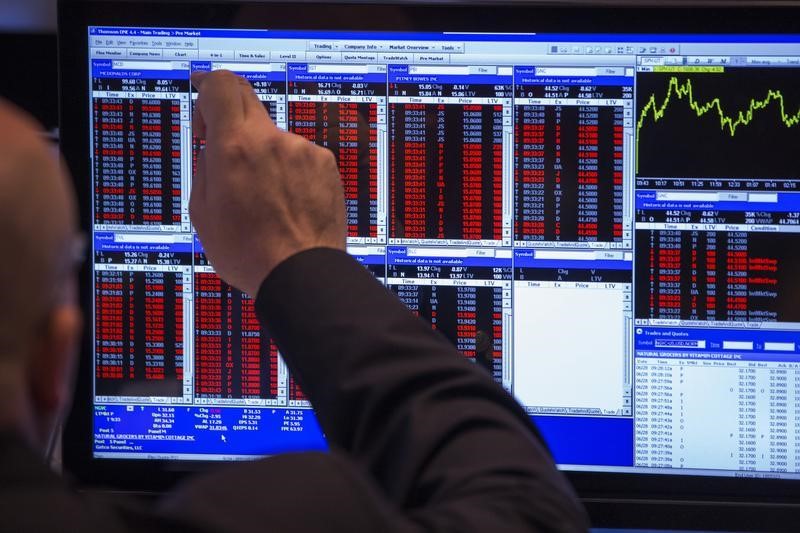Bank of America, Morgan Stanley, Nvidia and Dollar Tree rise premarket
The banking sector experienced a significant selloff in recent days, with the KBW Nasdaq Bank Index (GBKX) falling 27% since its peak on February 6th, indicating a classic bear market—a term typically applied when there's a 20% decline from recent highs. The broader S&P 500 also saw a downturn, dropping 17% since reaching its high on February 19th.
Historical data shows that since 1966, there have been 29 bear markets, with one occurring roughly every two years. During these periods, bank stocks have typically seen an average decline of 30%. The current bear market in bank stocks has lasted for 9 weeks, which is shorter than the 24-week average duration of past bear markets.
The banking sector has faced severe sell-offs in the past. There have been eight instances where the BKX plummeted more than 40%. Notably, three of these steep declines occurred during the great financial crisis, and another significant drop happened during the Covid pandemic.
In 2022, the BKX experienced a tumultuous period, initially declining 36% before rallying 21%—a recovery that technically marked the start of a new bull market.
However, a subsequent 38% fall led to an overall decline of 51% from January 2022 through October 2023. This cumulative drop exceeded 40%, thereby qualifying as a major sell-off event in the historical record.
This article was generated with the support of AI and reviewed by an editor. For more information see our T&C.
